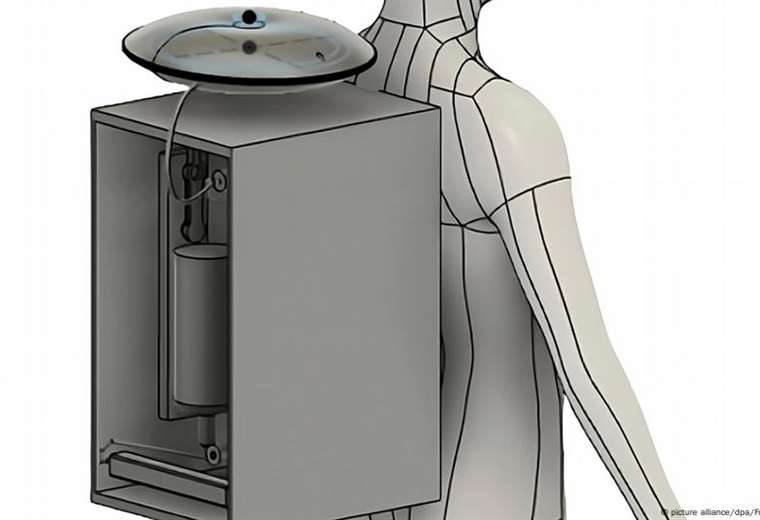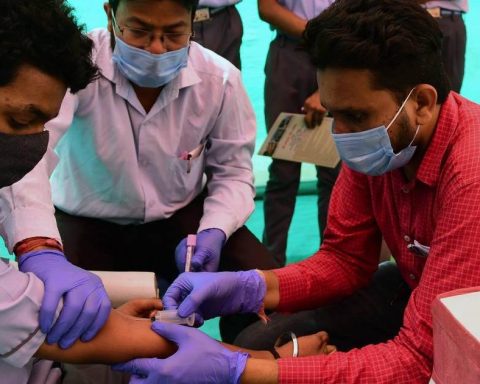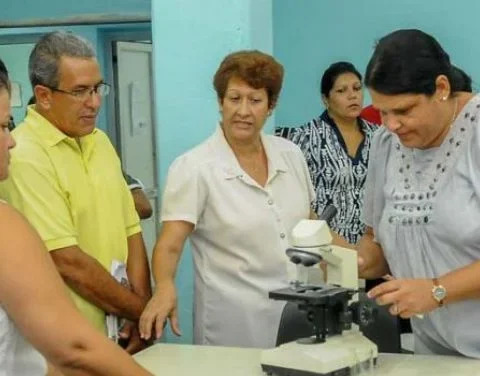July 23, 2024, 9:57 AM
July 23, 2024, 9:57 AM
A new hygiene system for spacesuits is reminiscent of the stillsuit from the film series Dune: Urine can be recycled up to 85% and made available again to astronauts as drinking water, the development team reports in the specialist magazine Frontiers in Space Technologies.
In the spacesuits currently used by the US space agency NASA, astronauts wear a type of adult diaper for faeces and urine, called a “Maximum Absorption Garment”, during the many hours they typically spend outdoors. On the International Space Station (ISS), however, urine is already recycled into drinking water.
Outfits inspired by Dune
In the science fiction film series Dunewater is a very valuable resource. That is why the desert Fremen wear a distillation suit that allows them to recycle bodily fluids, especially urine and sweat. According to a statement from the scientific journal, this was the inspiration for the group led by Sofia Etlin and Christopher Mason, from Cornell University in New York, to develop the new hygiene system for the spacesuit.
Currently, NASA astronauts only have just under a litre of drinking water in their spacesuits, they explained. “This is not sufficient for the long spacewalks planned on the Moon, which can last ten hours and even up to 24 hours in an emergency,” Etlin explained.
One such emergency could be if a lunar rover breaks down and astronauts have to return to the lunar base on foot. Water from recycled urine would then prevent the risk of dehydration.
The ISS as a model
In the system, urine is collected in silicone containers with a skin-friendly surface. Two different moulds take into account the differences in female and male anatomy. A humidity sensor activates a vacuum pump that quickly draws urine out of the body. In a two-filter arrangement, water is first extracted from the urine into a concentrated saline solution by osmosis. The water in the saline solution is then passed through a filter in a reverse osmosis process and is then given drinking water quality.
In addition to DuneAnother example of the system is the ISS’s water recycling plant. However, it is considerably larger. Etlin, Mason and their colleagues have managed to reduce the size of the system considerably so that it can be carried in a backpack on the back. The backpack weighs about eight kilograms, but with the considerably lower gravity in Earth orbit or on the Moon, the weight is not so noticeable. The system also requires electricity, but is said to consume less than ten percent of the current energy needs of a spacesuit.
“Our system can be tested under simulated minimum gravity conditions, as microgravity is the most important spatial factor we need to consider,” Mason said.
This would ensure functionality and safety before the system could be used on a space mission. The drinking water produced could be enriched with electrolytes and nutrients to provide astronauts with energy during long missions.
FEW (dpa, Frontiers in Space Technologies)


















